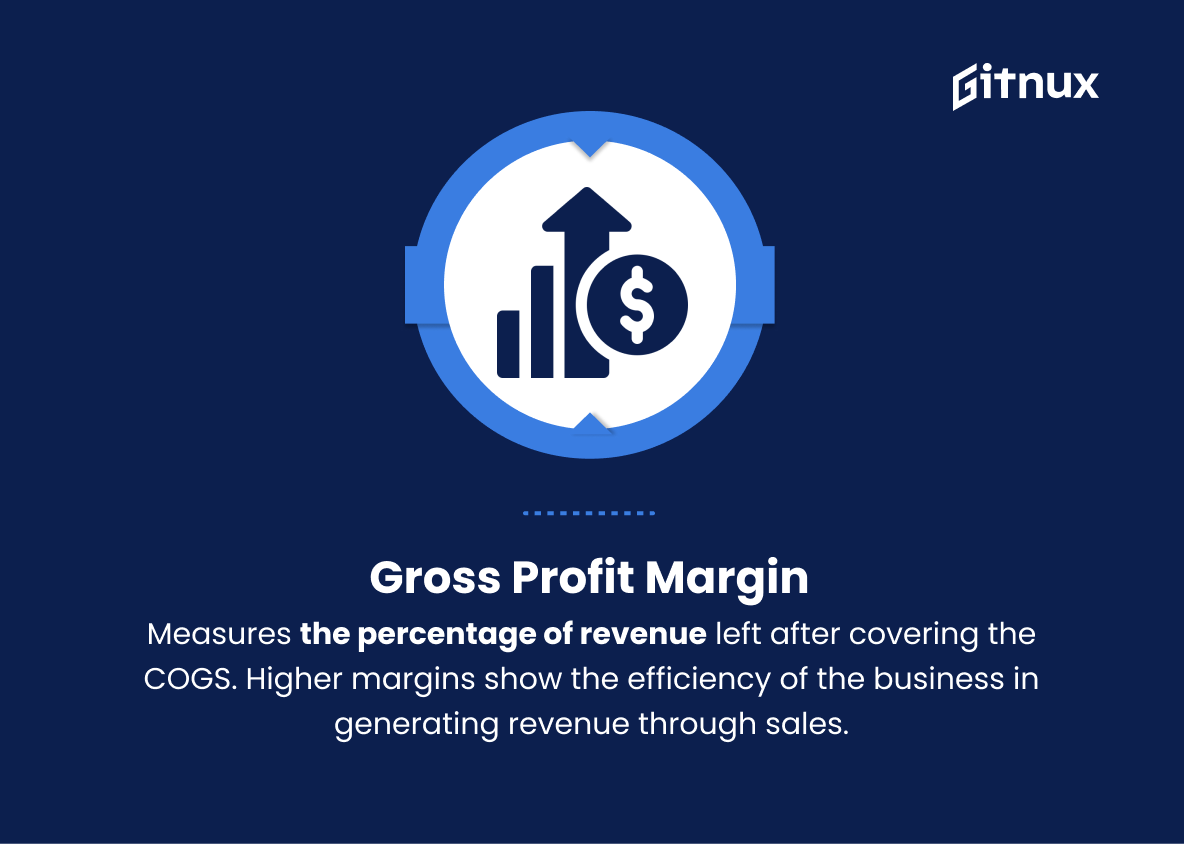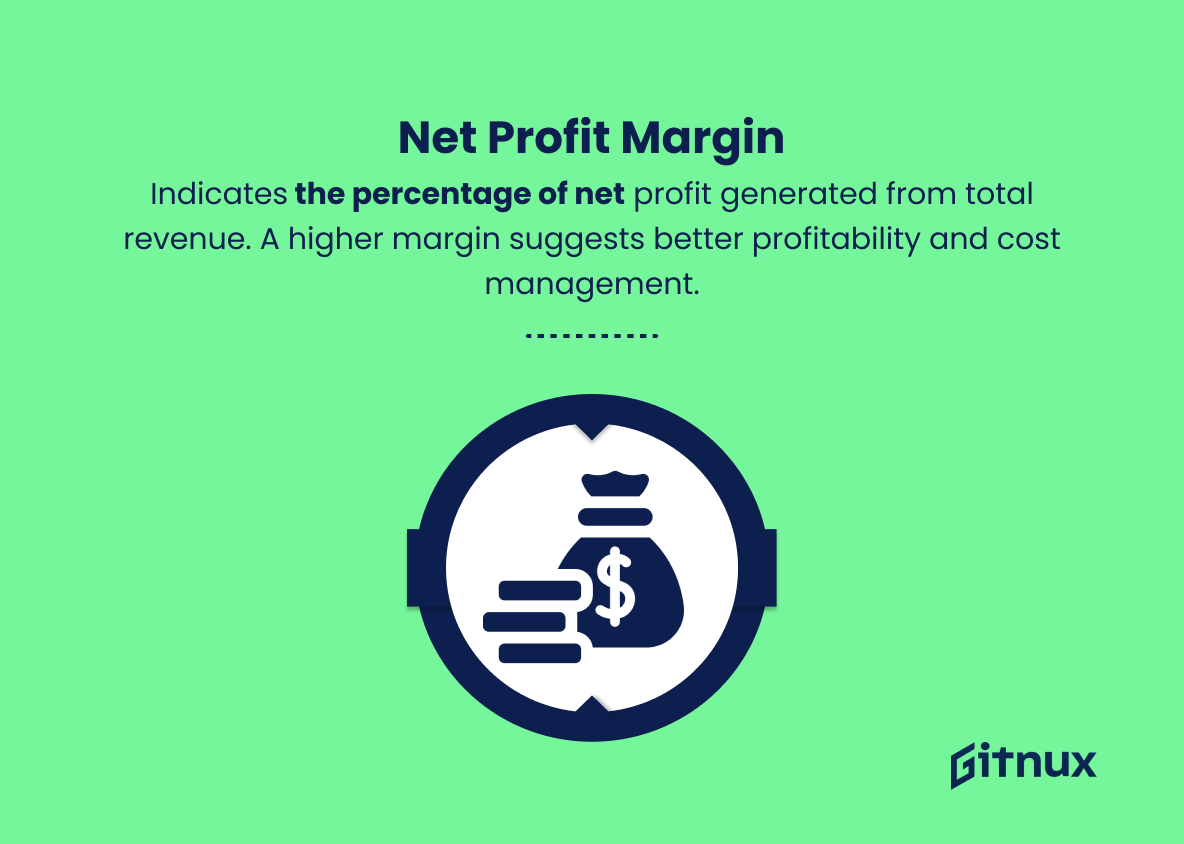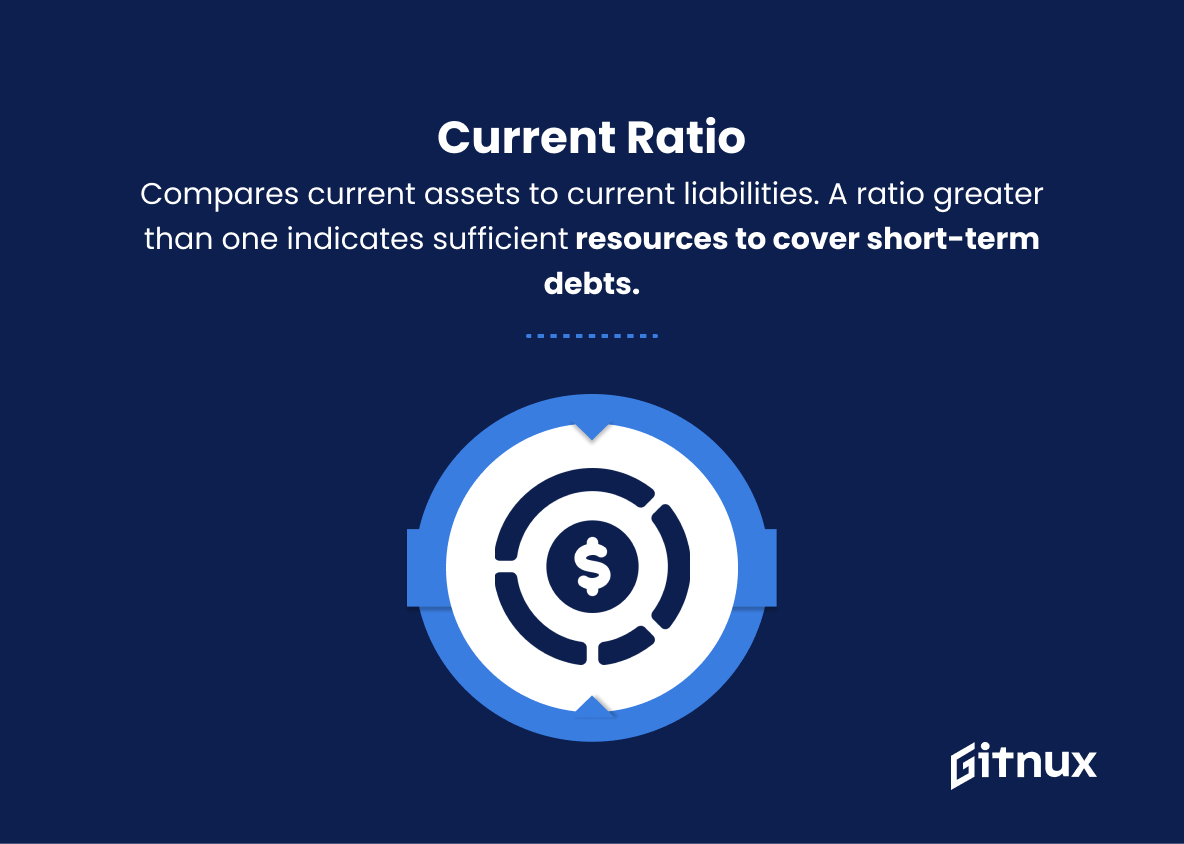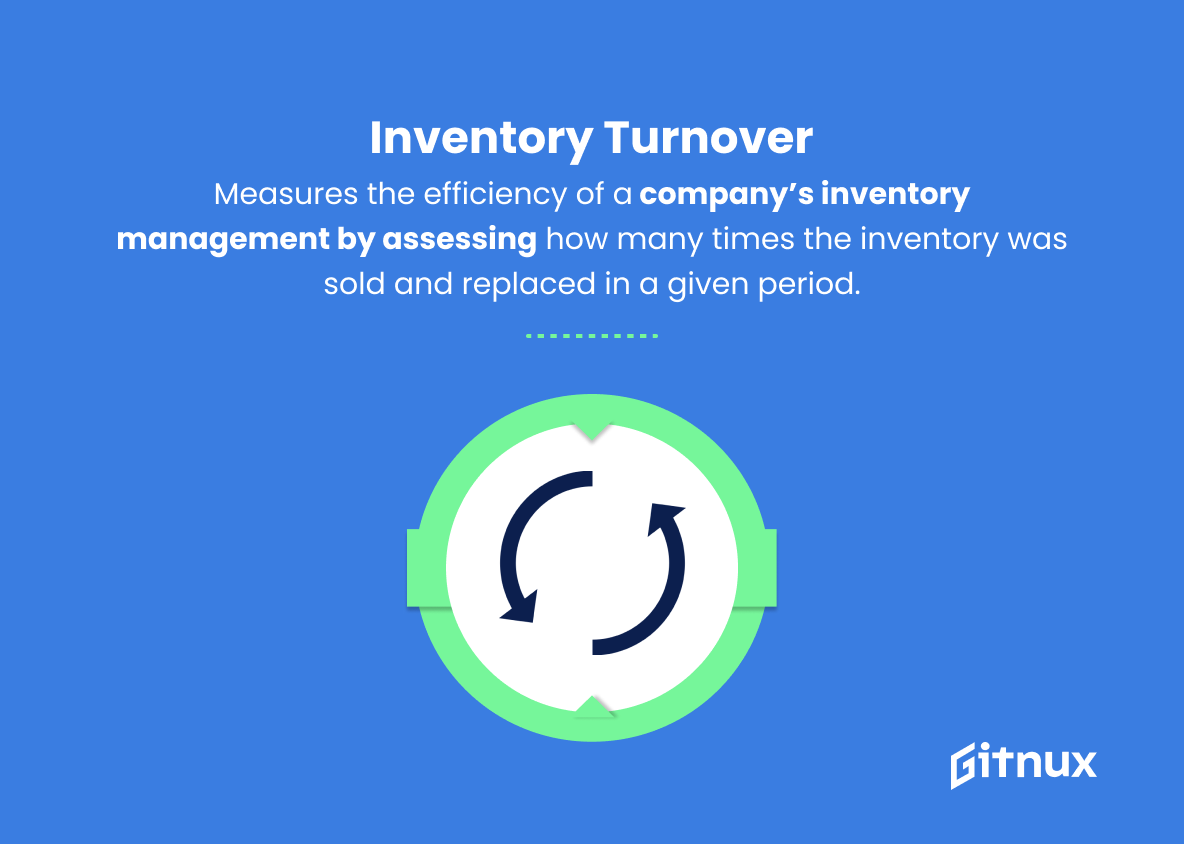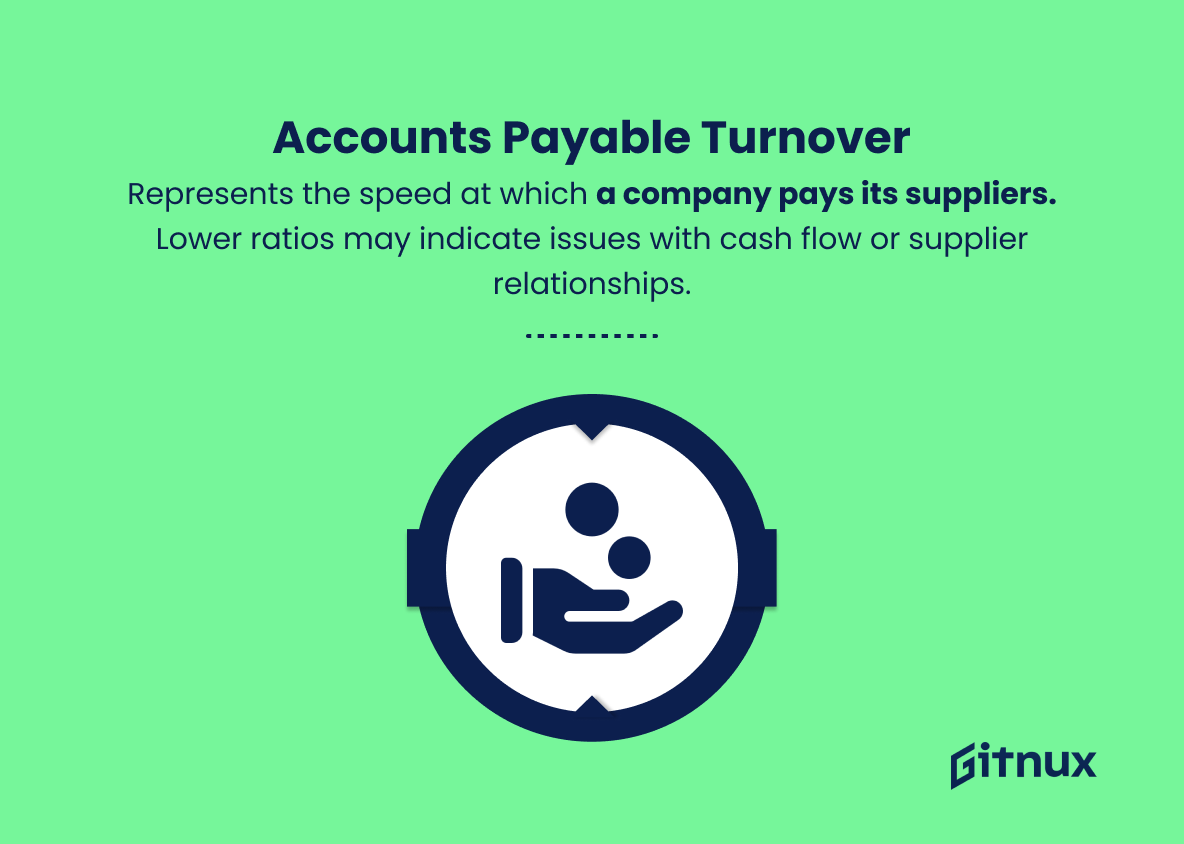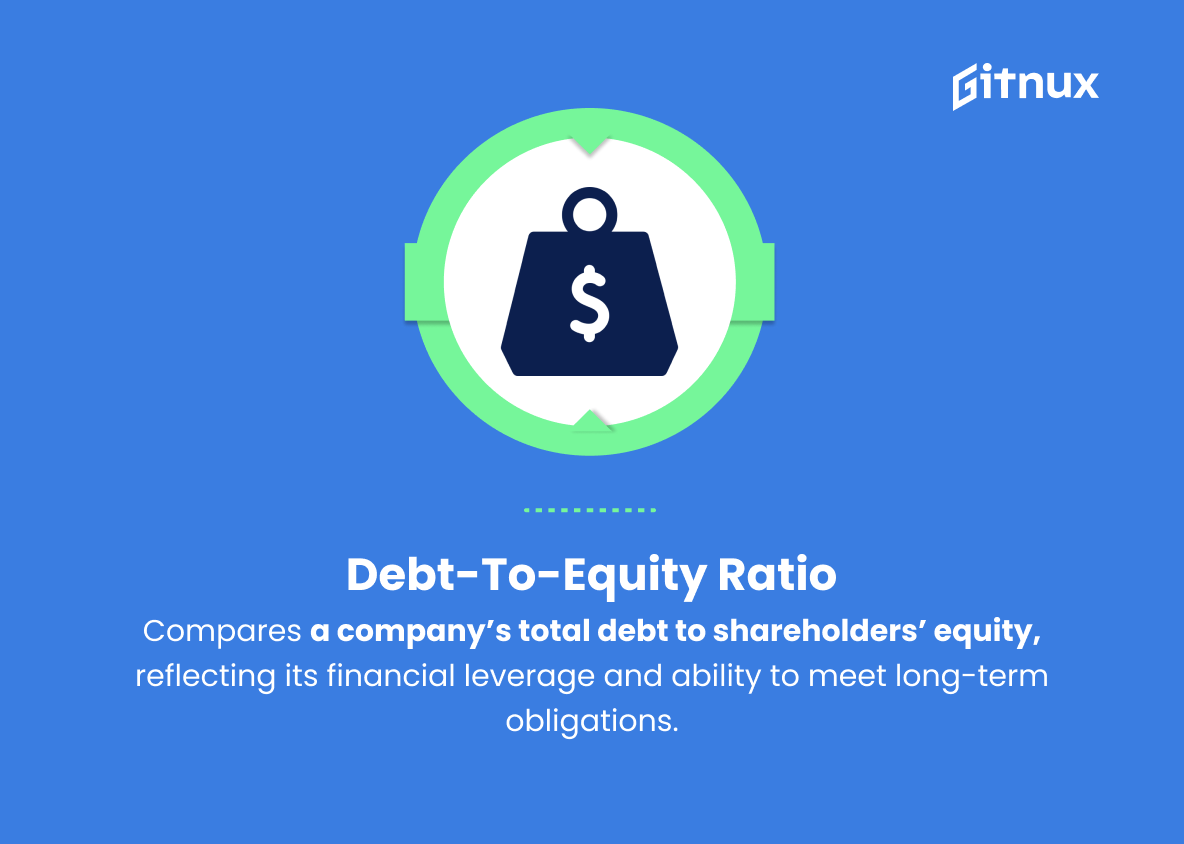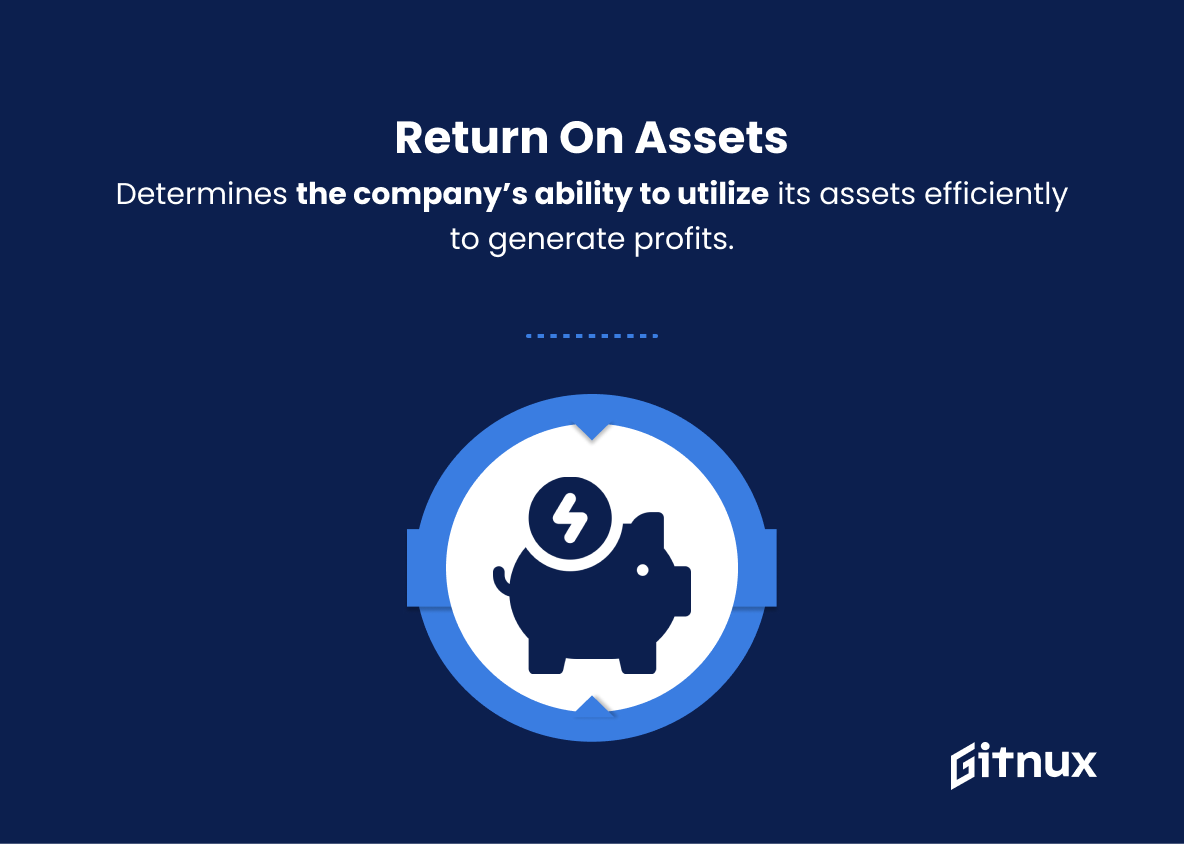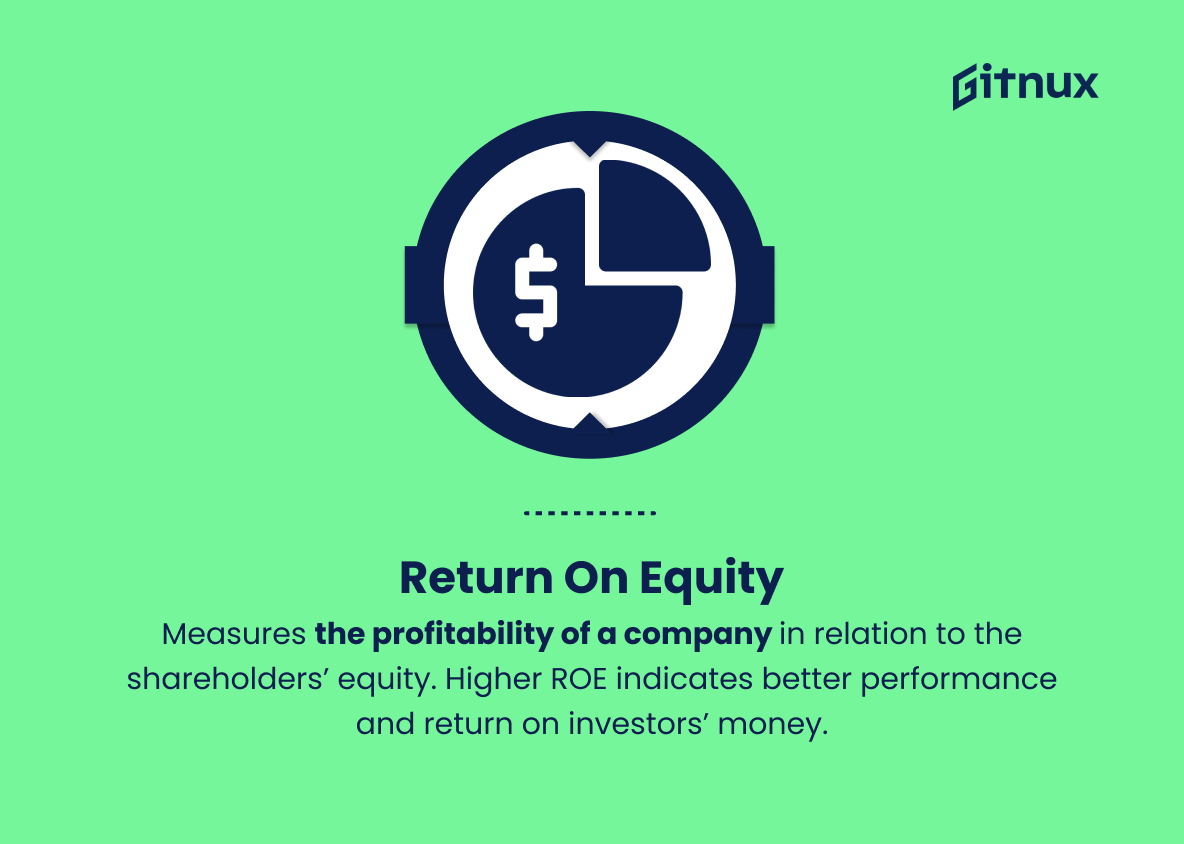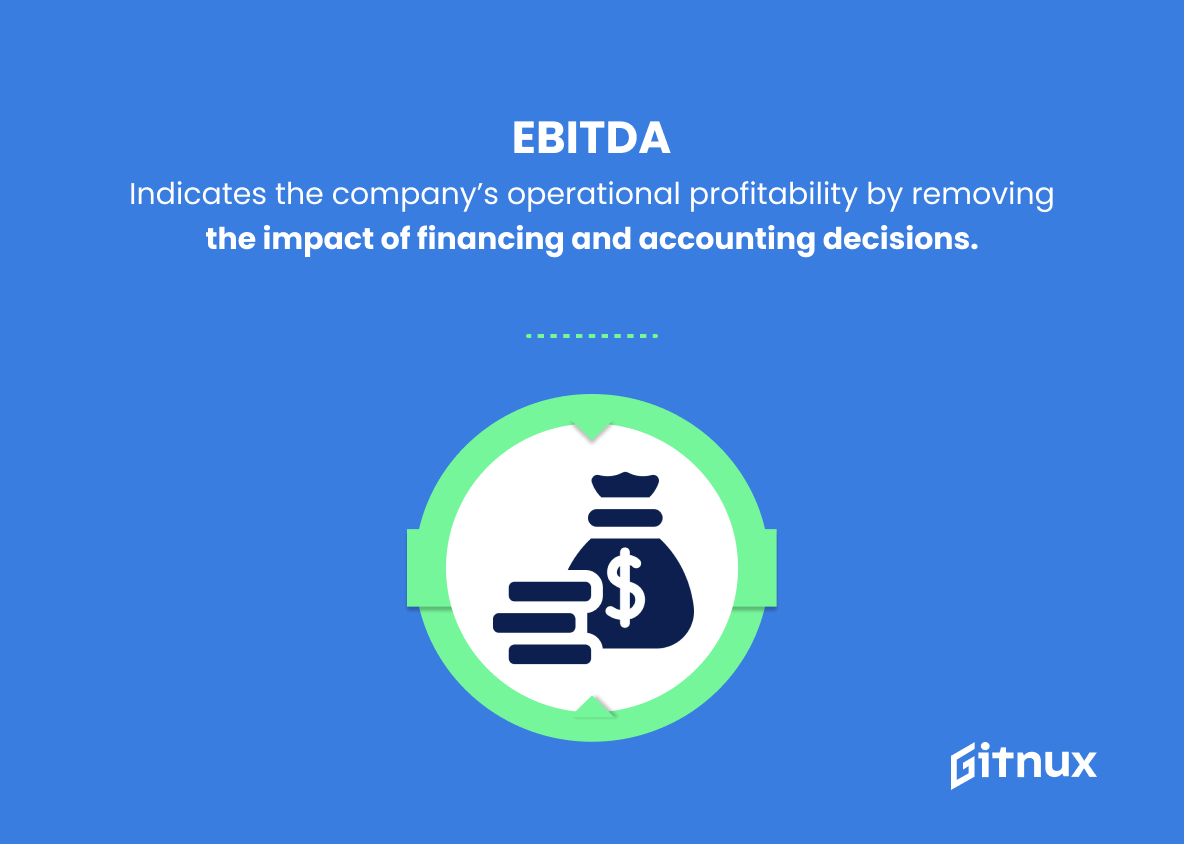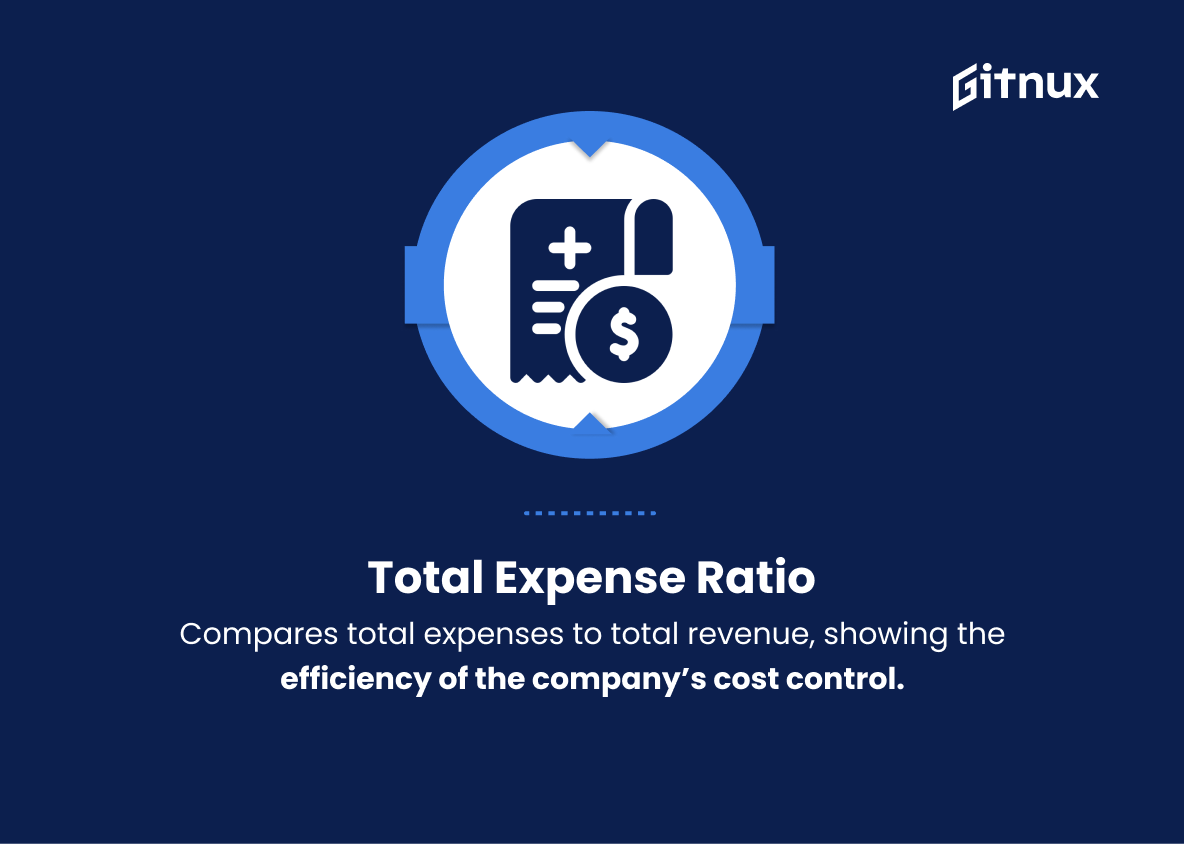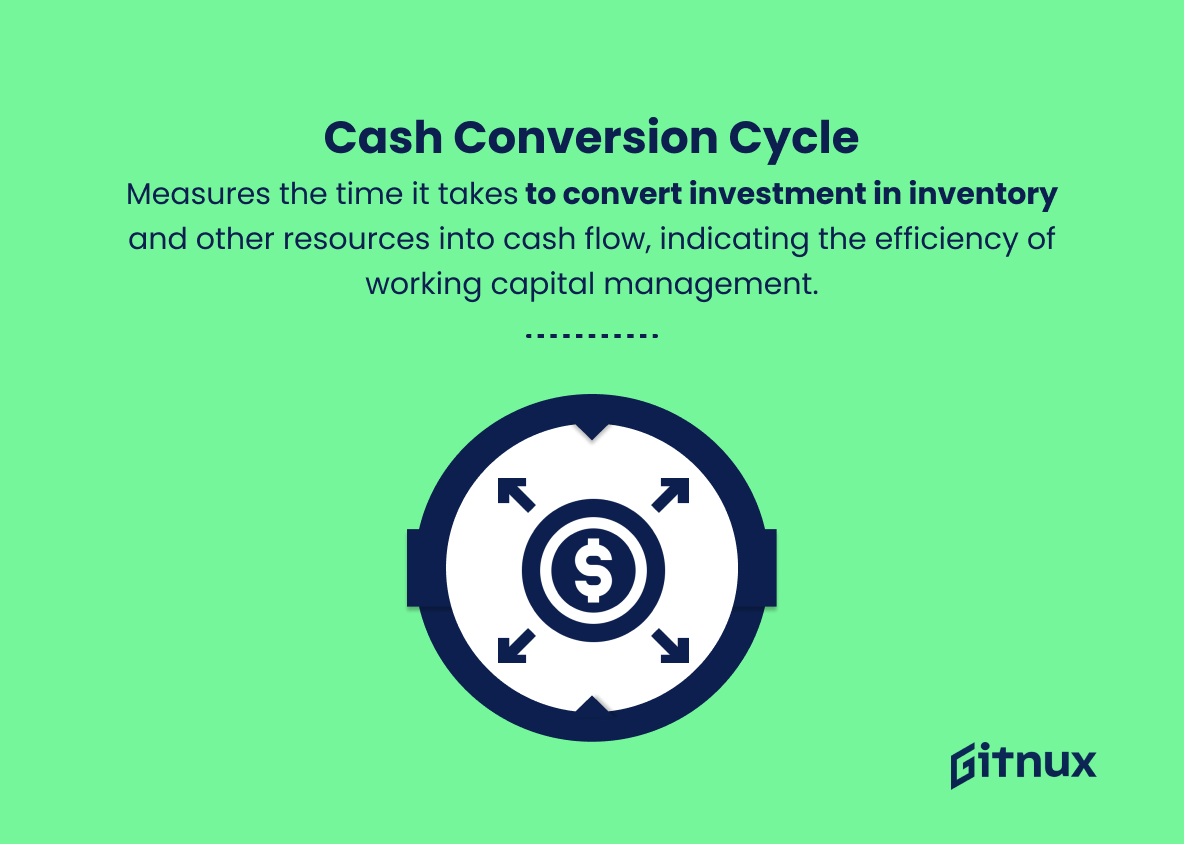In today’s fast-paced business environment, organizations must continuously adapt, evolve, and strive for long-term success. To ensure growth and profitability, it has become crucial for companies to monitor and analyze their financial performance effectively. One proven method of achieving this is by staying informed about key performance indicators (KPIs) within the realm of accounting.
In this in-depth blog post, we will delve into the importance of accounting KPIs, explore the most significant and relevant indicators, and provide valuable insights on how to leverage these metrics to make better-informed decisions and enhance the financial health of your business. Join us as we shed light on the world of accounting KPIs – the unsung heroes of your company’s fiscal well-being.
Accounting KPIs You Should Know
1. Gross Profit Margin
Measures the percentage of revenue left after covering the cost of goods sold (COGS). Higher margins show the efficiency of the business in generating revenue through sales.
2. Net Profit Margin
Indicates the percentage of net profit generated from total revenue. A higher margin suggests better profitability and cost management.
Inventory Turnover measures the efficiency of a company’s inventory management by assessing how many times the inventory was sold and replaced in a given period.3. Operating Expense Ratio (OER)
Shows the proportion of operating expenses to net sales, reflecting how efficiently a company is managing its operating costs.
4. Current Ratio
Compares current assets to current liabilities. A ratio greater than one indicates sufficient resources to cover short-term debts.
5. Quick Ratio
Also called the acid-test ratio, it compares liquid assets (excluding inventory) to current liabilities. A higher ratio indicates a better short-term liquidity position.
6. Inventory Turnover
Measures the efficiency of a company’s inventory management by assessing how many times the inventory was sold and replaced in a given period.
7. Accounts Receivable Turnover
Evaluates how efficiently a company manages its credit policies by illustrating the rate at which it collects credit sales.
8. Accounts Payable Turnover
Represents the speed at which a company pays its suppliers. Lower ratios may indicate issues with cash flow or supplier relationships.
9. Debt-to-Equity Ratio
Compares a company’s total debt to shareholders’ equity, reflecting its financial leverage and ability to meet long-term obligations.
10. Return on Assets (ROA)
Determines the company’s ability to utilize its assets efficiently to generate profits.
Cash Conversion Cycle measures the time it takes to convert investment in inventory and other resources into cash flow11. Return on Equity (ROE)
Measures the profitability of a company in relation to the shareholders’ equity. Higher ROE indicates better performance and return on investors’ money.
12. Earnings Before Interest, Taxes, Depreciation, and Amortization (EBITDA)
Indicates the company’s operational profitability by removing the impact of financing and accounting decisions.
13. Total Expense Ratio
Compares total expenses to total revenue, showing the efficiency of the company’s cost control.
14. Cash Conversion Cycle
Measures the time it takes to convert investment in inventory and other resources into cash flow, indicating the efficiency of working capital management.
15. Financial Statements Accuracy
Monitors the number of errors and corrections needed in financial statement preparation. A lower number shows effective and accurate financial management.
These are some of the most commonly used accounting KPIs, each providing an insight into different aspects of a company’s financial performance and health.
Accounting KPIs Explained
Accounting KPIs play a crucial role in providing an extensive insight into a company’s financial performance and overall health. Metrics such as Gross Profit Margin, Net Profit Margin, and Operating Expense Ratio highlight the efficiency in generating revenue and managing costs. Liquidity and solvency indicators such as the Current Ratio, Quick Ratio, and Debt-to-Equity Ratio demonstrate a company’s ability to cover its short-term debts and meet long-term obligations.
Inventory Turnover, Accounts Receivable Turnover, and Accounts Payable Turnover shed light on how effectively the company manages its inventory, credit policies, and supplier relationships. Metrics like Return on Assets (ROA) and Return on Equity (ROE) reveal the company’s ability to utilize its assets and shareholders’ equity to generate profits. EBITDA serves as a valuable indicator of operational profitability.
Total Expense Ratio, Cash Conversion Cycle, and Financial Statements Accuracy all contribute to understanding a company’s cost control efficiency, working capital management, and accurate financial management. These accounting KPIs, when analyzed together, enable a comprehensive evaluation of a company’s financial standing, guiding informed decision-making for growth and sustainability.
Conclusion
In summary, to maintain financial control and drive organisational growth, accounting KPIs cannot be underestimated. Implementing and monitoring these critical metrics will provide valuable insights into an organization’s financial health and operational efficiency.
The integration of KPIs into business practices can lead to the improvement of strategic decision-making and ensure sustainable success. Ultimately, incorporating accounting KPIs into your company’s financial management playbook is a crucial step towards achieving your business objectives and cultivating a strong financial foundation.
